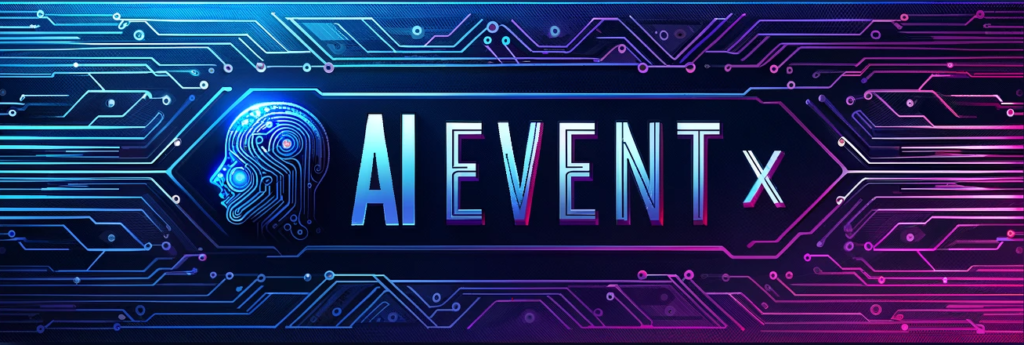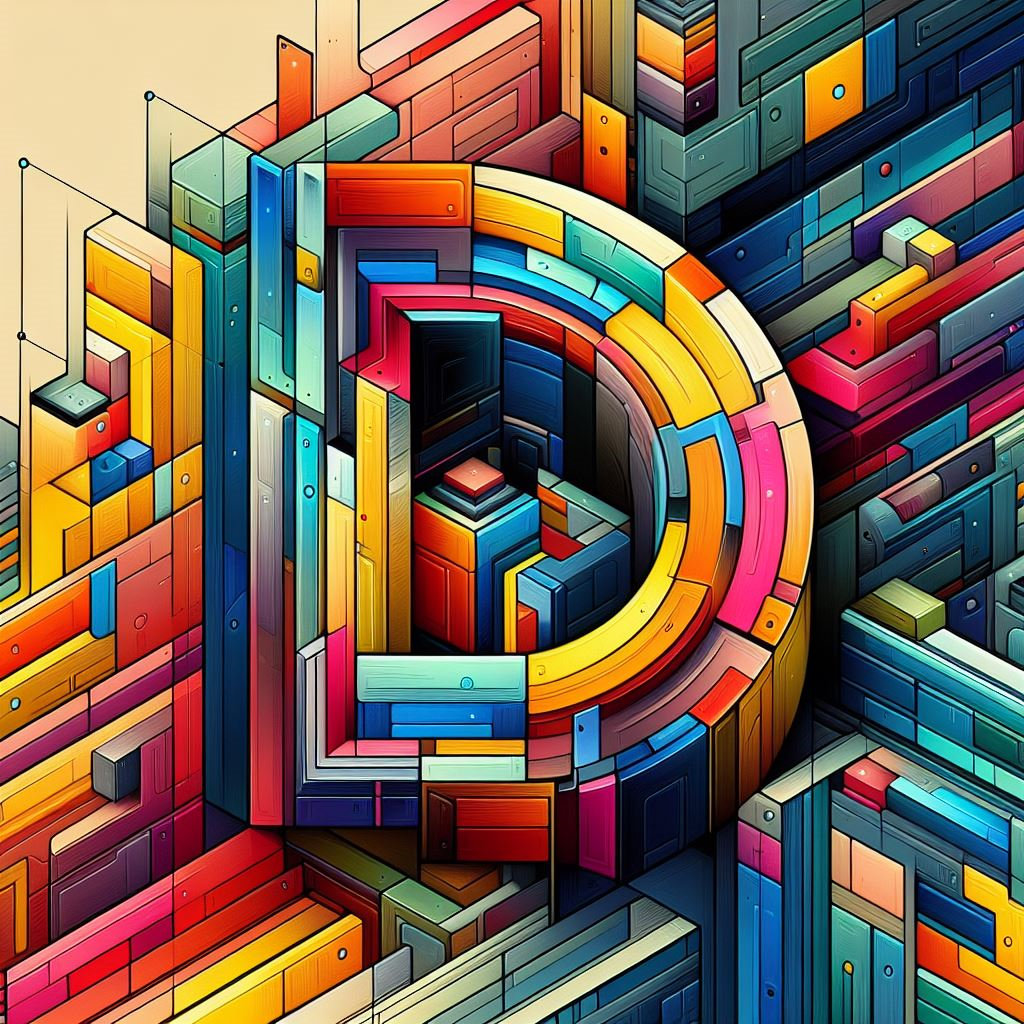In the realm of artificial intelligence (AI), the intersection of technology and creativity has led to groundbreaking developments in the field of generative art. One such marvel is DALL-E 3, the latest iteration in the series of image generation models created by OpenAI. This innovative AI system has sparked a new wave of excitement and curiosity, pushing the boundaries of what is possible in the world of digital art.
DALL-E 3
DALL-E 3 is the successor to the original DALL-E, which gained widespread attention for its ability to generate realistic images from textual prompts. The “3” in its name signifies the third version, indicating significant advancements in its capabilities. Unlike its predecessors, DALL-E 3 boasts improved image resolution, enhanced creativity, and a more nuanced understanding of context. It can now generate high-quality images with greater diversity, making it a powerful tool for artists, designers, and creative enthusiasts.
How DALL-E 3 Works:
DALL-E 3 operates on a conditional generative model, utilizing a vast dataset of images to understand patterns, styles, and relationships between different visual elements. It relies on a transformer-based architecture, allowing it to process and generate images with remarkable precision. Users can input textual prompts, describing the desired image, and DALL-E 3 interprets these prompts to create visually stunning outputs.
The Evolution of AI Art:
The evolution of DALL-E 3 reflects the broader progression of AI in the realm of art. The earliest AI art experiments involved simple algorithms generating abstract patterns, but as technology advanced, so did the complexity and sophistication of AI-generated art. With DALL-E 3, we witness a leap from basic shapes to intricate, high-resolution images that mimic the style of human-created art.
Unleashing Creativity with AI:
One of the most significant impacts of DALL-E 3 on the art world is its ability to serve as a catalyst for creativity. Artists and designers can use this AI tool to explore new ideas, generate inspiration, and even collaborate with the machine to produce unique pieces of art. DALL-E 3 doesn’t replace human creativity; instead, it amplifies it by offering novel perspectives and pushing the boundaries of what is conceivable.
Ethical Considerations in AI Art:
As AI art continues to advance, it raises important ethical considerations. Issues such as copyright, authorship, and the responsible use of technology become paramount. DALL-E 3, like other AI art tools, prompts discussions about the fine line between inspiration and replication. Striking a balance between the use of AI as a tool for creative exploration and maintaining the authenticity of human expression is an ongoing challenge.
The Future of AI Art:
DALL-E 3 is just one example of the rapid evolution in AI art, and its emergence foreshadows a future where AI and human creativity coexist and collaborate seamlessly. The potential applications of such technology extend beyond visual arts into other creative realms, including music, literature, and even virtual reality experiences.
Conclusion:
DALL-E 3 represents a significant milestone in the journey of AI art, showcasing the potential of technology to augment and elevate human creativity. As we embrace the possibilities that AI brings to the artistic landscape, it is crucial to navigate the ethical considerations and ensure that the integration of technology into the creative process enhances rather than diminishes the essence of human expression. The evolving relationship between AI and art holds the promise of a future where innovation knows no bounds, and creativity flourishes in unprecedented ways.
Also Read: AI Newsletter Brilliance: Big Insights with ChatGPT

